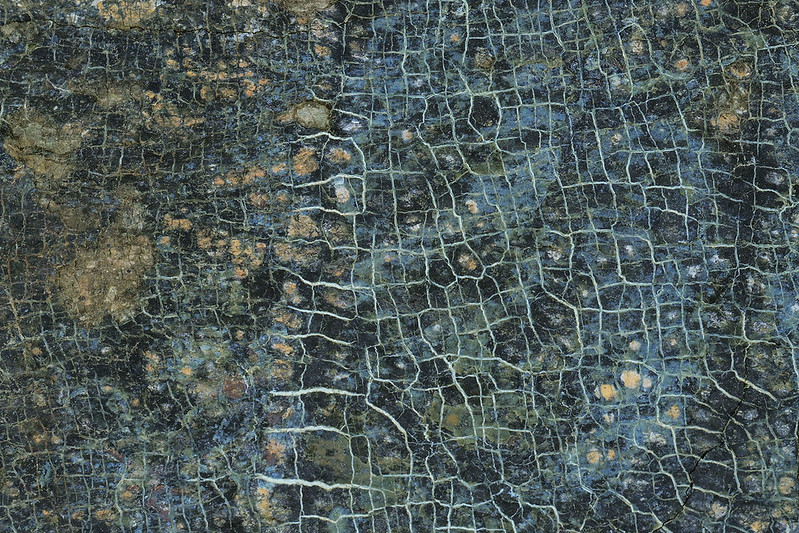
The Earth’s mantle, an enigmatic layer beneath the crust, plays a crucial role in shaping our planet’s geology, dynamics, and even life itself. While often hidden from view, the mantle is a fascinating subject of study for geologists and scientists around the world. In this comprehensive article, we embark on a journey to uncover the intriguing facts about the mantle, delving into its composition, functions, and the influence it has on Earth’s geological processes. Join us as we explore the mysteries and wonders of the mantle, shedding light on this hidden world beneath our feet.
Location
The mantle lies between the Earth’s crust and the core, occupying a substantial portion of the planet’s volume. It is the second-largest layer, encompassing around 84% of the Earth’s total volume.
Depth
The mantle extends from approximately 30 kilometers (18.6 miles) below the Earth’s surface to a depth of about 2,900 kilometers (1,800 miles). Its vastness and depth make it a significant component of our planet’s structure.
Peridotite
The mantle primarily consists of a rock called peridotite, composed mainly of silicate minerals rich in iron and magnesium. This unique composition gives the mantle its distinct properties.

Olivine
Olivine is a key mineral found in the mantle, known for its greenish color and high magnesium content. It contributes to the mantle’s overall composition and behavior.
Pyroxene
Pyroxene minerals, including augite and enstatite, are also present in the mantle. They play a significant role in the mantle’s physical and chemical characteristics.
Silicon and Oxygen
Silicon and oxygen are the two most abundant elements in the mantle, forming the foundation of its silicate mineral composition.
Iron and Magnesium
Iron and magnesium are essential elements within the mantle, influencing its density, viscosity, and overall behavior.
Convection Cells
The mantle’s heat transfer mechanism involves convective currents driven by temperature differences. This convection creates dynamic movements within the mantle.
Mantle Plumes
Mantle plumes are localized, buoyant upwellings of hotter material from deeper within the mantle. They can lead to the formation of volcanic hotspots such as Hawaii.
Subduction Zones
Subduction occurs when one tectonic plate descends beneath another, leading to the recycling of crustal material back into the mantle.
Mid-Ocean Ridges
Mid-ocean ridges are regions where tectonic plates diverge, and new oceanic crust is formed as mantle material upwells to fill the gap.
Volcanism and Volcanic Activity
Magma, generated within the mantle, is responsible for volcanic eruptions. It consists of molten rock that rises to the surface through volcanic conduits. Lava, the molten rock expelled during eruptions, solidifies upon cooling and contributes to the formation of volcanic landforms.
Role in Plate Tectonics
The mantle’s convective currents are a driving force behind plate tectonics, shaping the Earth’s surface through the movement and interaction of tectonic plates.
Seismic Waves and Earthquake Studies
By studying the behavior of seismic waves as they pass through the mantle, scientists can gain valuable insights into its composition, density, and structural properties. Seismic studies have revealed distinct boundaries within the mantle, including the transition zone and the boundary between the upper and lower mantle. These discontinuities provide important clues about the mantle’s structure and dynamics.
Heat Transfer
The mantle’s heat contributes to geothermal energy, which can be harnessed for various purposes, including electricity generation and heating.
Atmospheric Influence
Volcanic activity driven by the mantle releases gases, such as carbon dioxide, sulfur dioxide, and water vapor, into the atmosphere, impacting climate and air quality.
Diamond Formation
The extreme pressure and high temperatures found in certain parts of the mantle create conditions suitable for the formation of diamonds. These precious gemstones are formed from carbon subjected to immense heat and pressure.

Conclusion
The mantle, hidden deep beneath the Earth’s surface, holds a captivating story of geological processes, heat transfer, and dynamic movements. As we continue to study and unravel its mysteries, we gain valuable insights into the inner workings of our planet. By exploring the mantle’s fun facts, we deepen our understanding of Earth’s geology and the intricate interplay between its layers. So, next time you gaze at the Earth’s surface, remember the hidden marvels that lie within the mantle, shaping the world we call home.
Frequently Asked Questions (FAQs)
Can we directly access the mantle?
No, direct access to the mantle is not possible due to the immense depth and challenges involved in drilling through the Earth’s crust. Our knowledge of the mantle is primarily derived from indirect methods, such as seismic studies and mantle-derived rock samples.
Does the mantle influence the Earth’s magnetic field?
While the mantle’s convective currents play a role in generating the Earth’s magnetic field, the primary driver of the magnetic field is the outer core, a layer separate from the mantle.
Is the mantle a solid or a liquid?
The mantle is predominantly solid, but it exhibits properties of both solids and liquids. Over long periods, the mantle’s solid rocks can flow and deform due to the high temperatures and pressures present.
Does the mantle influence the formation of gemstones?
Yes, the mantle is involved in the formation of certain gemstones. Diamonds, for example, are formed deep within the mantle under extreme pressure and brought to the surface through volcanic eruptions.
How does the mantle contribute to the Earth’s overall heat budget?
The mantle plays a vital role in the Earth’s heat budget by transferring heat from the core to the surface through convection and volcanic activity. This process contributes to the overall heat balance of the planet.
Was this page helpful?
Our commitment to delivering trustworthy and engaging content is at the heart of what we do. Each fact on our site is contributed by real users like you, bringing a wealth of diverse insights and information. To ensure the highest standards of accuracy and reliability, our dedicated editors meticulously review each submission. This process guarantees that the facts we share are not only fascinating but also credible. Trust in our commitment to quality and authenticity as you explore and learn with us.
